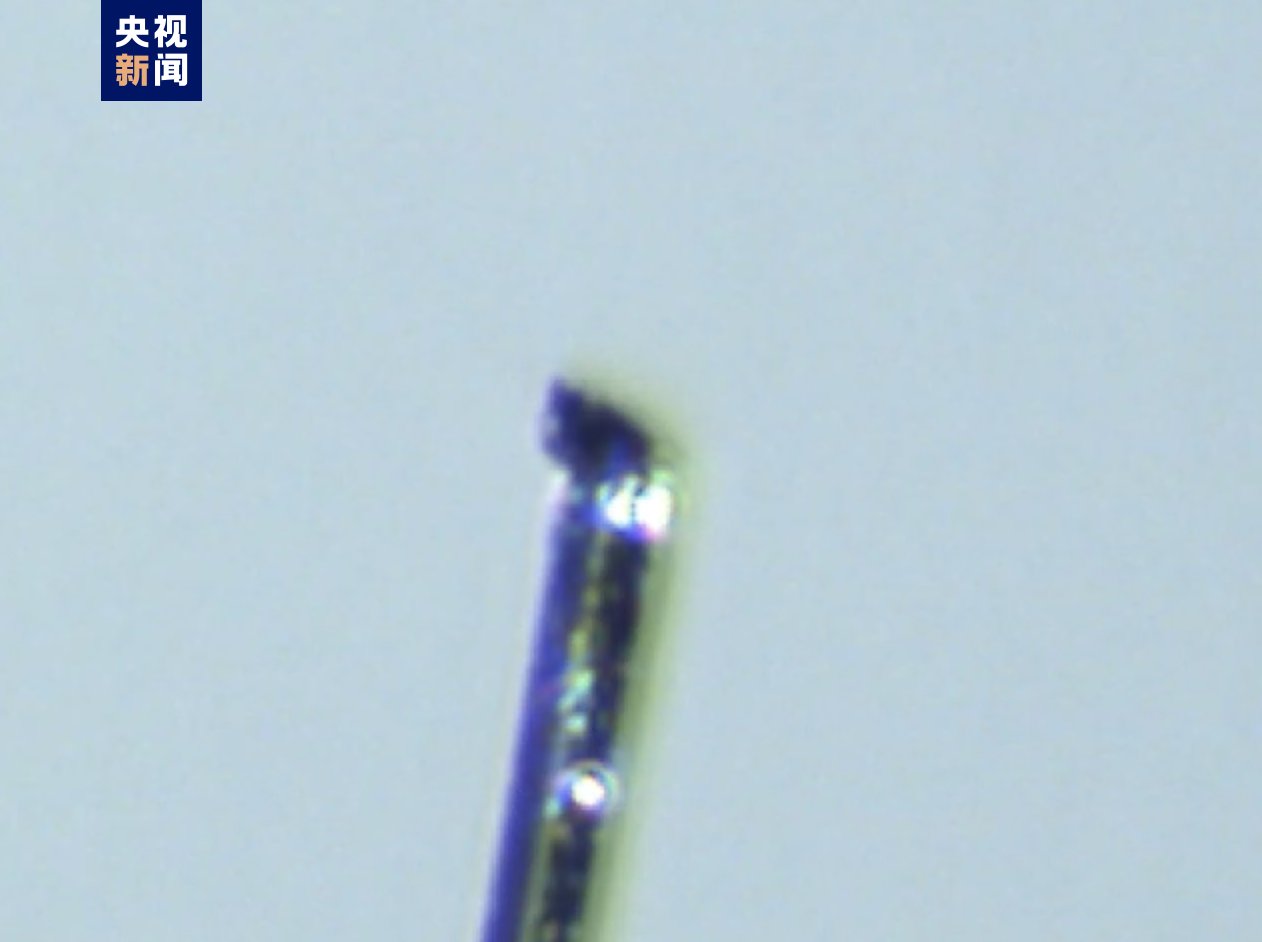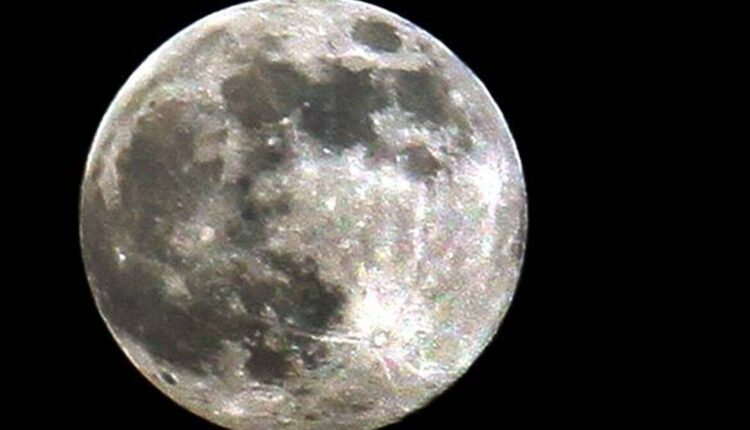©2021 Reporters Post24. All Rights Reserved.
China’s National Space Administration (CNSA) and China Atomic Energy Authority (CAEA) jointly announced on September 9 that researchers studying samples returned from the Moon by China’s Chang’e-5 mission had discovered a new lunar mineral, Xinhua News Agency reported.
This is China’s first new mineral discovered on the Moon and the sixth ever by humankind. According to Dong Baotong, deputy director of the CAEA, the latest discovery places China as the third country in the world to have discovered a brand-new mineral on the Moon.
The newly discovered mineral, Changesite-(Y), is a clear, colorless columnar crystal. A research team from the Beijing Research Institute of Uranium Geology (BRIUG), a subsidiary of CNSA, discovered this after examining lunar basalt fragments collected by the mission.

The study team discovered signs of a new mineral when they received the first 50 milligrams of lunar samples in July 2021 to undertake a mineralogical investigation. However, due to the microscopic lunar soil particles, they could not obtain the necessary information to identify the mineral.
Using cutting-edge techniques like X-ray diffraction, researchers from the Beijing Research Institute of Uranium Geology were finally able to separate one crystal particle with a radius of around 10 microns from the 140,000 lunar sample particles, to decipher its crystal structure.
The discovery is significant for studying lunar materials, lunar evolution, and deep space exploration, according to Li Ziying, the team head of the BRIUG research team. The Chang’e 5 lunar probe landed on the Moon less than two years ago, in December 2020.

The Commission on New Minerals, Nomenclature, and Classification of the International Mineralogical Association has formally recognized Changesite-(Y) as a new mineral. This comes a few months after it was revealed that Chang’e 5 returned with lunar rocks that could fill critical gaps in Solar System history.
In 2021, China’s Chang’e 5 spacecraft returned with 3.81 pounds (1.73 kilograms) of moon rock, of which two tiny pieces were dated to about 1.97 billion years old- at least a billion years younger than the moon rocks brought back home by Apollo several years ago, Space News had reported.
China’s discoveries and achievements on the Moon come against a geopolitical rivalry in space, with China competing against the US to challenge its hegemony. Analysts have gone so far as to predict that the success of China’s uncrewed mission to the Moon could be a precursor to more advanced missions – including manned ones and constructing lunar bases.
China’s Lunar Aspirations
In 2020, the Chang’e 5 lunar probe mission, a significant achievement for China’s space program, touched down on the Moon. The mission’s objective was to retrieve two kilograms of samples from the northern Mons Rümker region of the Moon and return them to Earth.
China is only the third country after the United States and the erstwhile Soviet Union to have achieved this feat since. Seven human Apollo spacecraft flights, six of which were successful, yielded 382 kilograms of lunar soil for the US between 1969 and 1972. The former Soviet Union collected 301 grams of lunar soil using robotic probes between 1970 and 1976.
Earlier this year, China announced that a constellation of satellites around the Moon would be established as part of China’s fourth phase of its lunar exploration program to provide communication and navigational services for upcoming lunar trips.
China will lead in developing a compact lunar relay communication and navigation system. Initiation of the tiny constellation could happen in 2023 or 2024. It also urged international partners to join its endeavor.
In addition to China’s multi-pronged lunar probe spread out over several missions, it also strives to build a lunar base with Russia to challenge its rivals led by the United States.
According to the roadmap, divided into three phases, five facilities and nine modules are planned for the station to support long and short missions to the Moon’s surface and orbit. The construction of the station is expected to be completed by 2035.
On its part, the United States is all set to return with a manned mission to the Moon with its Artemis I launch rescheduled for later this month. However, China’s ongoing quest has threatened America’s seasoned lunar program.
In an interview with Bild newspaper, NASA chief Bill Nelson said that China could someday land on the Moon and declare the satellite as its territory.


